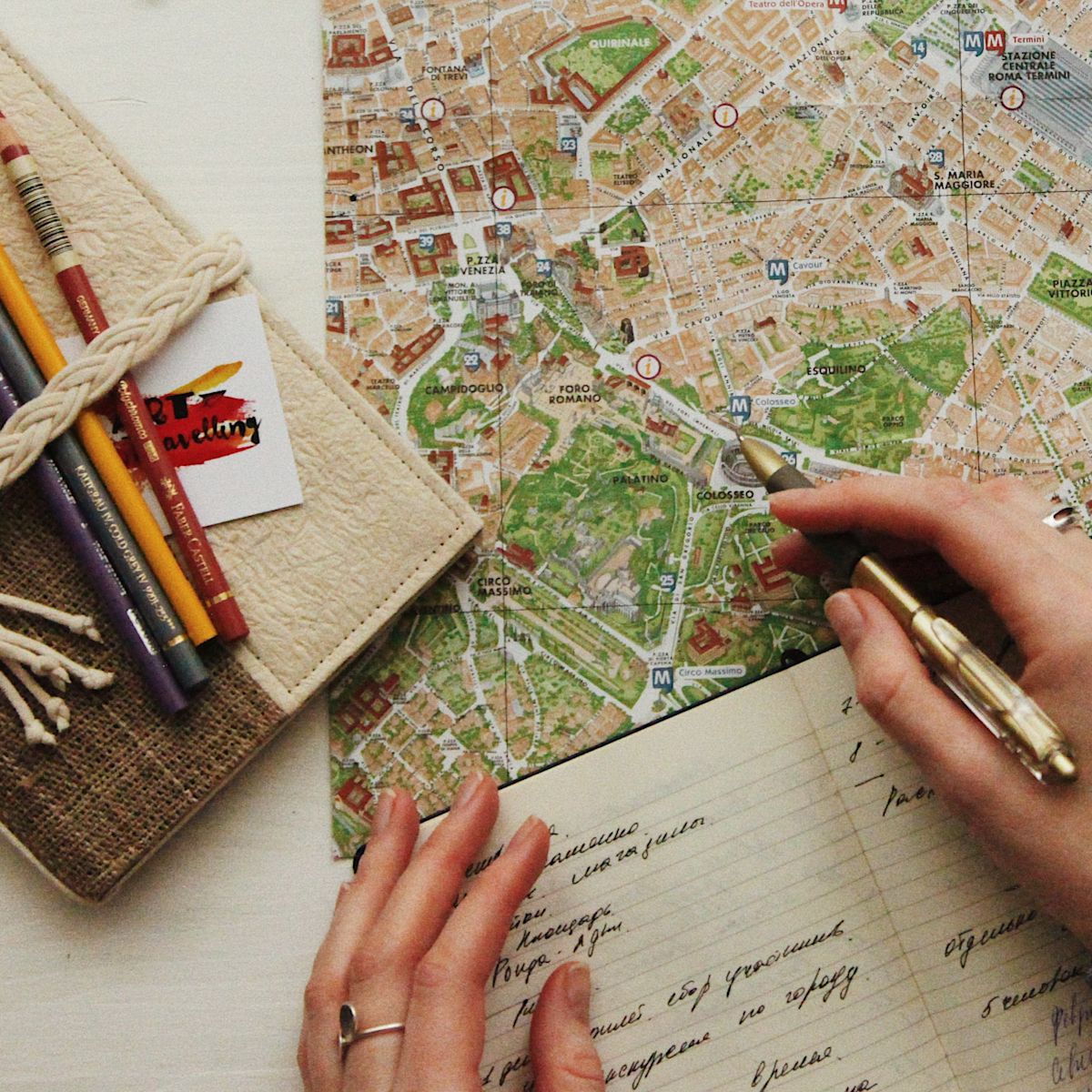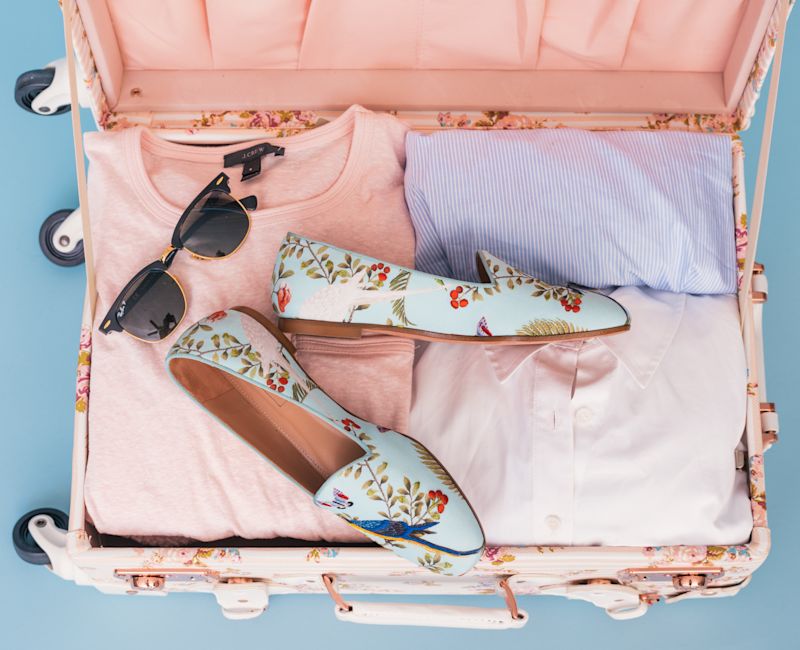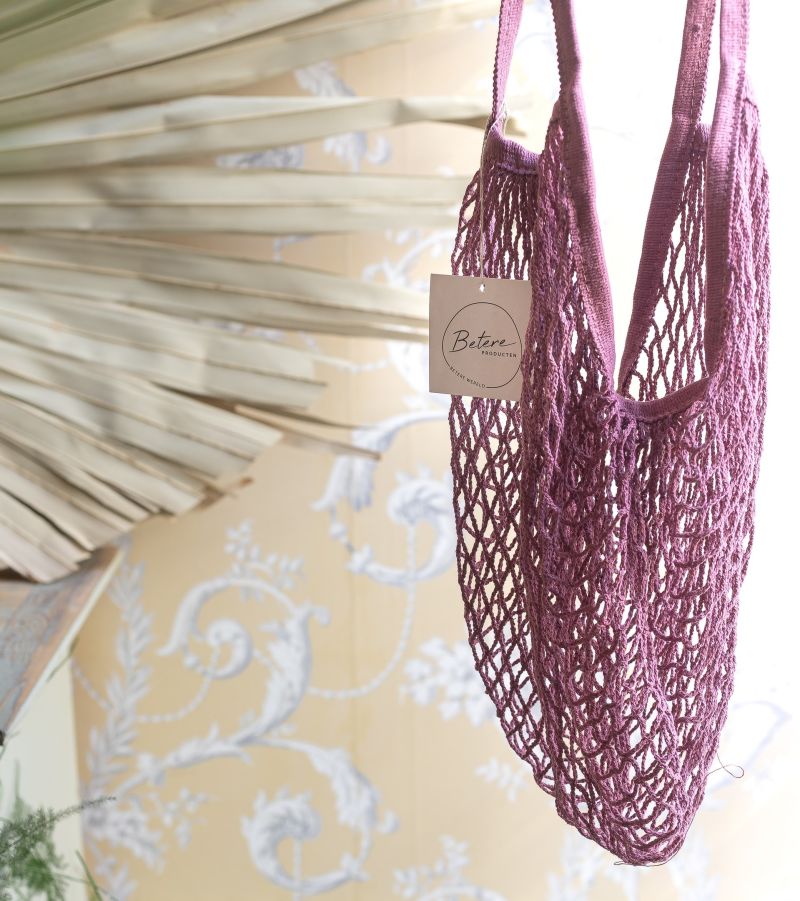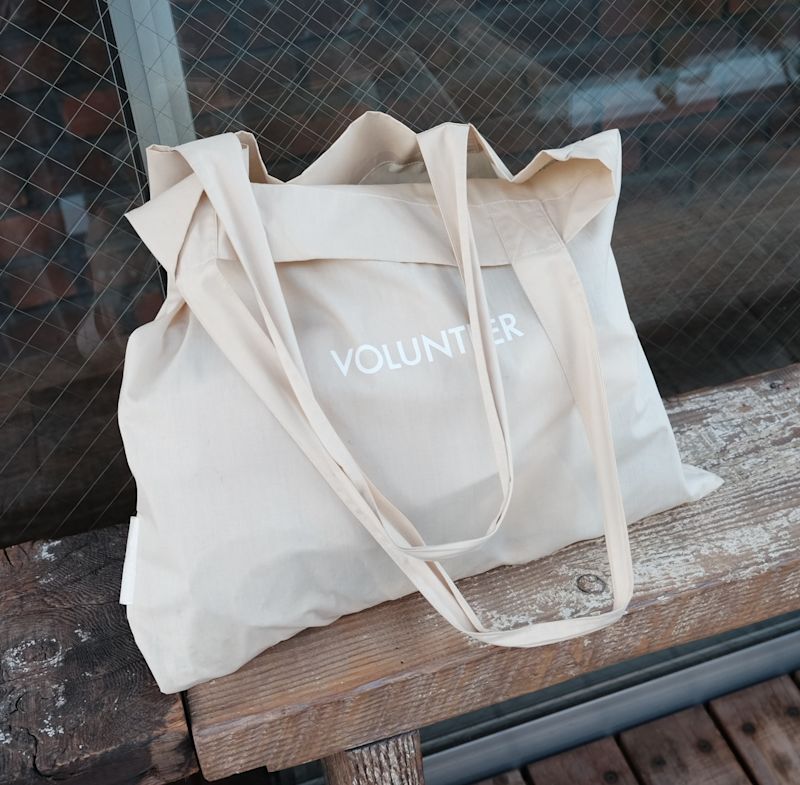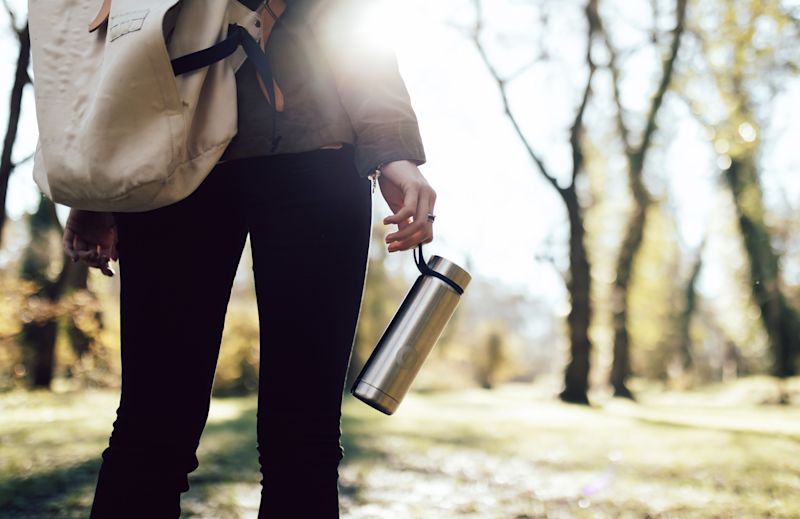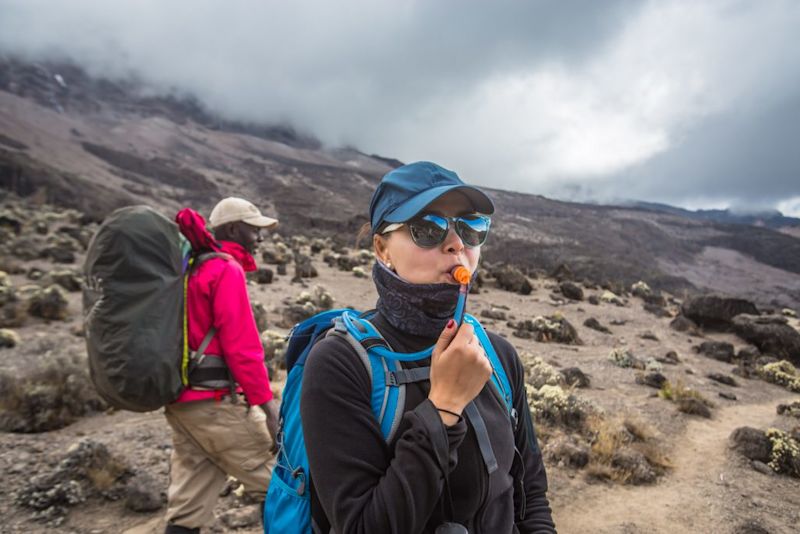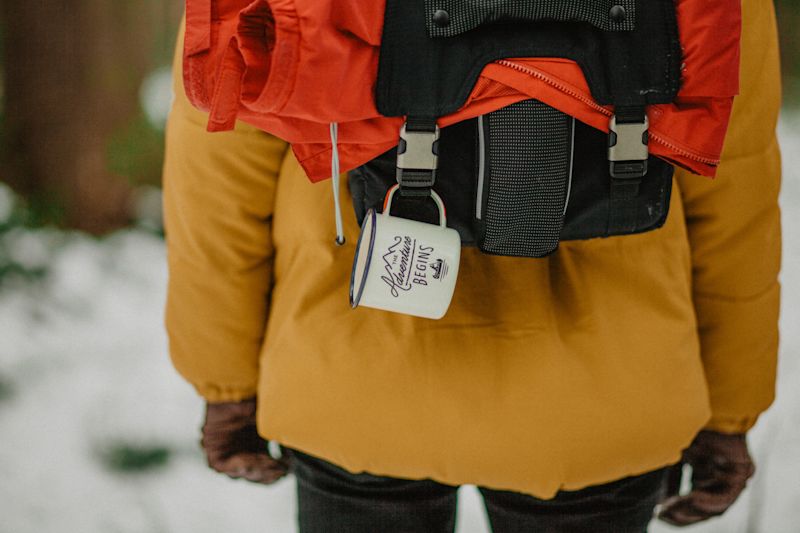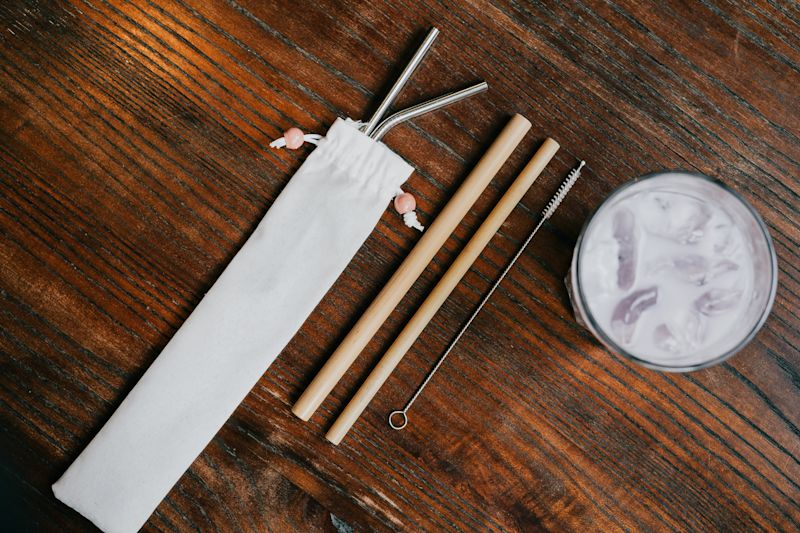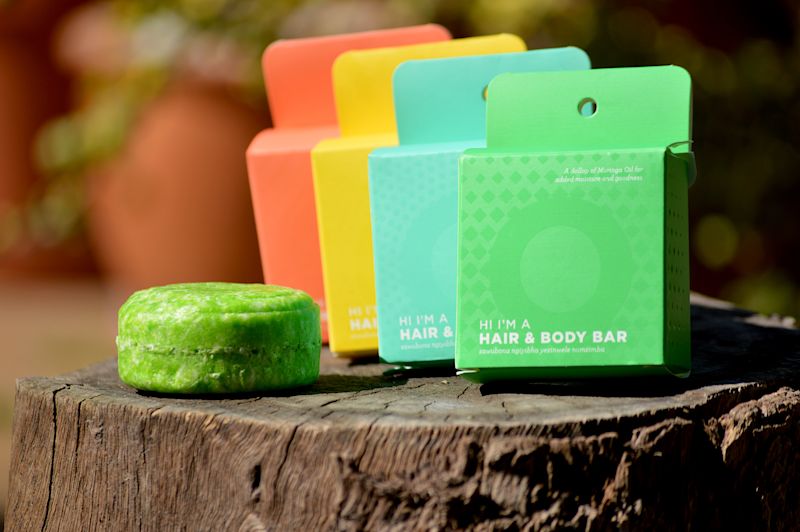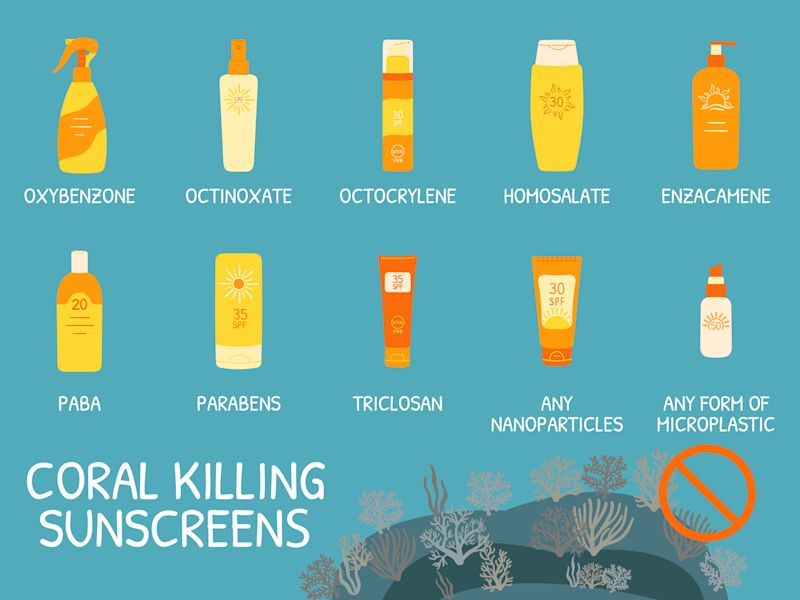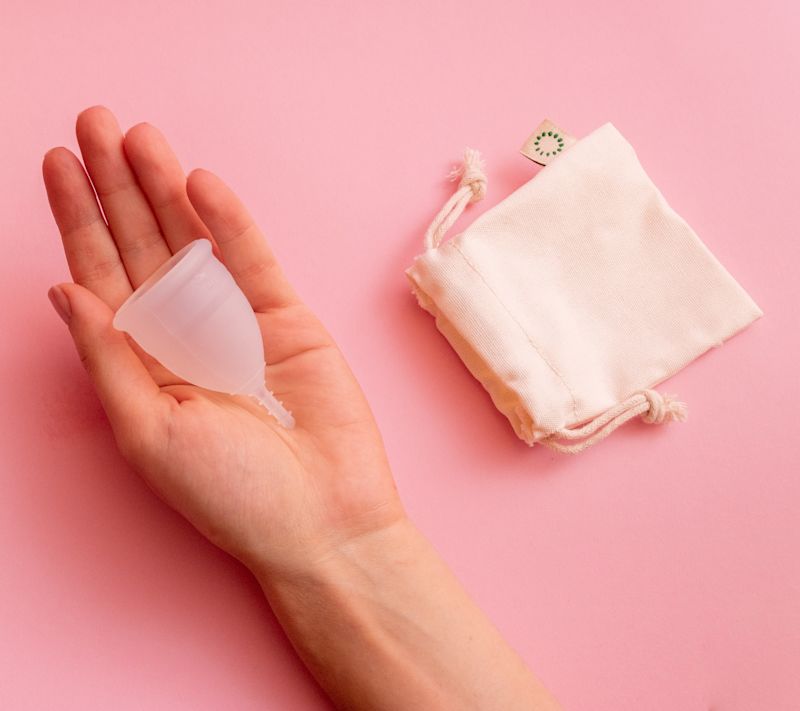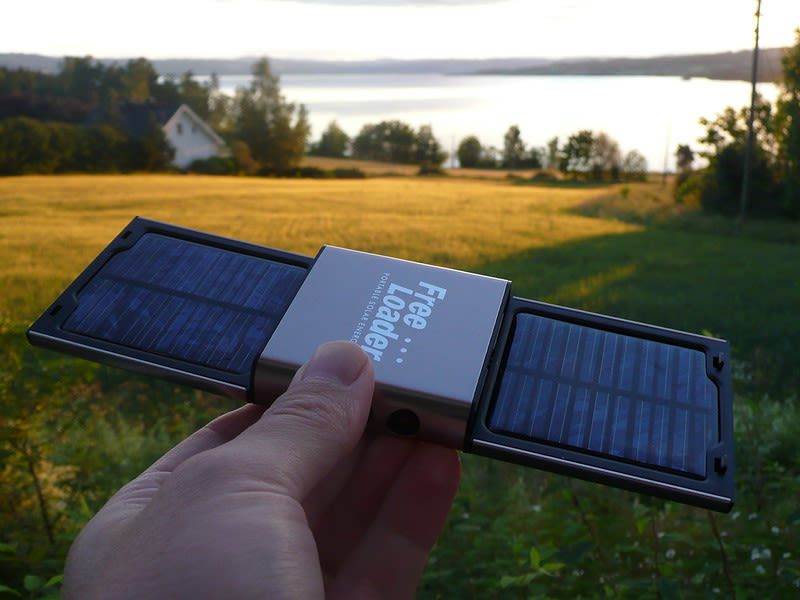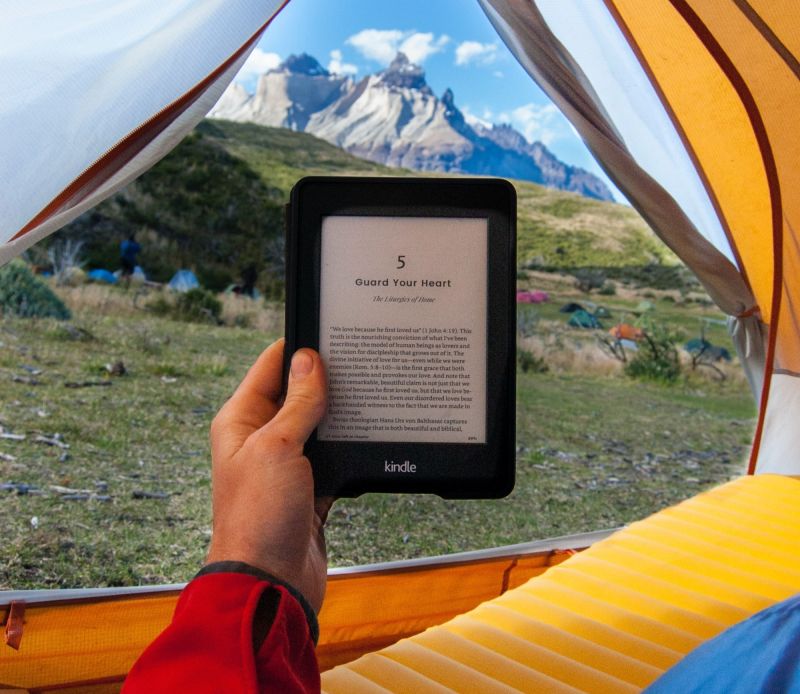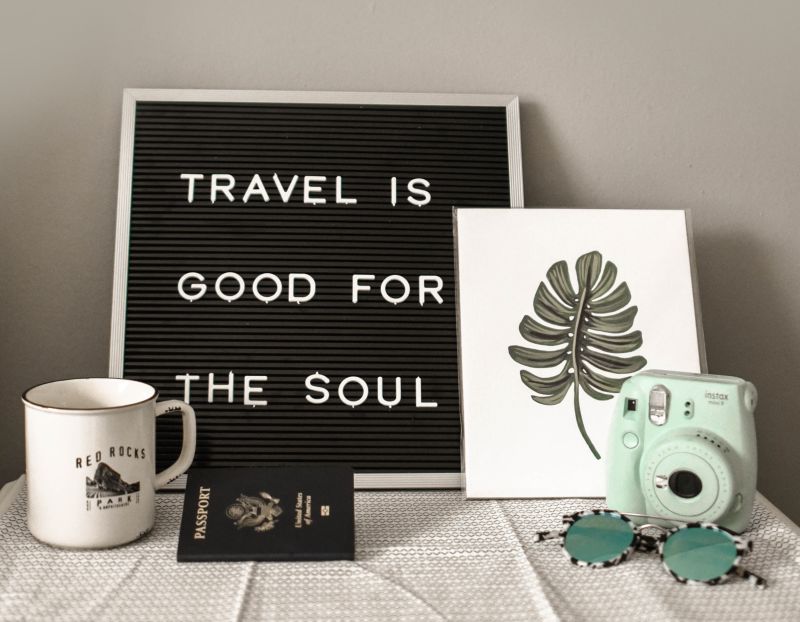If you're reading this, then it's safe to assume you're an eco-conscious traveller. ☘️ We love that! The more people that engage in thoughtful travel, the more sustainable the travel industry becomes.
To help you practice a more sustainable form of travel, we've put together a packing list that focuses on eliminating plastic and other nasties from your luggage. We hope it helps, and if you have any further suggestions, we'd love to hear them!
Carriers
Let's start by looking at types of carriers or bags we recommend you pack. We look first at luggage, then at reusable bags.
1. Ethically made or secondhand luggage
Get your sustainable travel experience off to an eco-friendly start by ensuring your suitcase or rucksack and hand luggage is ethically sourced. But what exactly does this mean?
We encourage you to look for luggage that is:
- Secondhand or vintage
- Locally produced
- Made from recycled or sustainable materials (even wheels and zippers can be recycled)
While it's pretty obvious that shiny plastic backpacks (which are sometimes in vogue) aren't eco-friendly, we also encourage you to avoid pleather bags. Pleather looks like leather but is much cheaper, hence its attraction. It binds leather to plastic and takes a long time to decompose.
If you like leather luggage, look for vegan leather items, but question what that vegan leather is made from. Some vegan leather is made from nonbioedegradable polyurethanes, while others are made from organic materials like cork and pineapple leaves.
Remember that durable, quality luggage can be used throughout your lifetime. Pleather and other cheap fabrics are likely to flake or fall apart after a while and then end up in a landfill since you'll want to purchase new luggage.
Ideally, also think in the terms discussed above for your smaller carriers like handbags, wallets, purses, toiletries bags, and makeup bags.
2. Reusable bags
Apart from our luggage, we often need further, smaller bags on our travels. There's a shopping bag, a bag for the beach, a bag for separating dirty clothes from clean ones, and so on. It can be tempting to use a cheap ol' plastic bag for such means, but we know you don't want to do that. Down with plastic bags.
A mesh bag is a great bag that can do double duty as a grocery shopping bag as well as a beach or book bag. Mesh is good for letting fresh produce breathe. Mesh bags are also lightweight and take up very little space.
Lightweight foldable fabric bags (those designed to fold into themselves and be 'sealed' with a button or the like) are also ideal. You can just stuff one into your daypack and forget about it.
We encourage you to think through the sorts of bags you'll need for your particular trip, and bring along enough suitable ones. Perhaps you need a watertight bag for storing wet clothes? A shoe bag for keeping dirty shoes away from the rest of your things?
Be thoughtful and prepared in terms of the bags you pack.
Note that some countries don't use or sell single-use plastic bags, and some don't even allow you to bring them into the country. Zipper bags (like Ziploc bags) are, however, usually allowed, as these are intended to be reusable. You often need to place your cabin toiletries into one of these at certain airports anyways.
Eating and drinking
Reusable bottles, mugs, cutlery and straws are some of the cheapest and easiest of the items on a sustainable traveller's packing list.
1. Reusable water bottle
According to the Plastic Soup Foundation, around one million plastic bottles are sold every minute! Horrifying, we agree.
A reusable water bottle is an essential for everyday life, and therefore for travel too.
Think carefully about the sort of reusable bottle you need for the trip you're taking. If going on adventure trip, does it need to fit into a backpack side pocket? Would it be helpful if the bottle had a flip lid so you don't need to hold it (and potentially drop it) while drinking? Or a side loop for carrying it dangling it from a finger? And do you need more than one bottle?
While glass is a wonderful material from both a hygiene and recycling point of view, it might not be practical for certain trips. The only other options for reusable bottles are plastic and metal. Neither is a perfect option (as discussed in this The Washington Post article), but both beat single-use plastic bottles hands down.
If you're doing an adventure trip like trekking, consider if a hydration pack (separate to or built into your backpack) would be a good idea to help keep your hands free and make sipping water that much easier.
Also consider how easy the bottle will be to clean. If the neck is very narrow, will you find it easy to scrub the inside? Do you need to buy a specific cleaning brush? Also consider that opaque bottles are hard to see inside – you'll have to have a good cleaning brush so you can be confident that it's clean inside, even though you can't do a 'look test'.
Finally, if you're going to be in a very hot or cold environment, you might to consider buying an insulated bottle. Consider too that you don't want your water to freeze inside of your bottle. (A handy tip is to keep your water bottle inside a thermal sock if you're concerned the water might freeze.)
The benefits of reusable items aren't only environmental – they often save you money in the long term too.
2. Travel mug or thermos
Reusable travel mugs are sold everywhere these days, in all shapes and sizes. They've even become more or less fashion accessories in some places. Since it means fewer single-use coffee cups in bins, we're super for it! Accessorise away, folks!
Depending on your type of trip, a standard, stainless steel mug might be all you need. Camping pops to mind here, where a lidded mug just isn't necessary. A mug with a handle is ideal for such instances, as not only does it prevent your hand from burning, it can simply be attached to the outside of a backpack.
Depending on the sorts of drinks you use your mug for, a thorough rinse simply might not cut it. So think about what you'll need to pack to keep it squeaky clean and don't gorget to take that with you.
3. Reusable straw
We all know about the scourge that is plastic straws. The sustainable traveller always therefore carries a reusable straw (and straw cleaner) with them. Glass isn't such a great option for travelling; we recommend a bambo or stainless steel straw instead.
4. Reusable cutlery
Reusable cutlery is an essential item on any sustainable traveller's packing list. Rather than using disposable knives, forks, spoons and coffee stirrers, you can whip out your sustainable set and keep from adding to the plastic problem.
We recommend looking for a bamboo or stainless steel set. Bamboo has the advantage of being more lightweight. But some folks don’t like the taste that comes with putting a wooden utensil into their mouth. For these individuals, we recommend stainless steel utensils.
Also consider the carrier for your cutlery. If you're going to have to carry dirty or even wet cutlery for a bit before getting to wash it, ensure the container is waterproof and fully sealable.
Finally, note that you may well need to pack your cutlery in your main luggage on a flight and not in your hand luggage given most airports' strict security measures against sharp items.
Toiletries
Now let's consider what toiletries to pack for an eco-conscious trip.
1. Soap, face wash, shampoo and conditioner bars
Most face washes, shampoos and conditioners come in single-use plastic bottles. Liquid soaps also often come in disposable plastic pump bottles. Rather purchase soap, face wash, shampoo and conditioner bars, and choose those that come in recyclable packaging.
You also want to look for products that don't contain hidden plastics – in other words, microbeads. Yes, lots of personal hygiene products contain microbeads that get washed down the drain and enter rivers and the oceans. Argh.
Finally, we encourage you to also look for animal cruelty-free soap and hair products.
2. Sustainable sunscreen
Every traveller needs a hardworking sunscreen to protect them from the sun's ever-harmful rays. This is obvious when heading to the beach or going on safari. But you also need it for trips like skiing or trekking in the mountains. Snow reflects the sun, increasing exposure. And the higher the altitude, the more potent the sun's rays.
Traditional sunscreens are filled with ingredients that are toxic to the environment (and not great for your body either!). So we encourage you to research sustainable brands of sunscreen. Think not only about the cream, but also the packaging – down with single-use plastic bottles.
The infographic below shows some commonly used but harmful sunscreen ingredients to avoid.
Unfortunately you can't take brands at their word when they claim to be "reef-safe" or "reef-friendly". In many countries there are no regulations around such things, so companies can make claims that don't really stand up to interrogation.
So what you need to do is look at the list of active ingredients, and avoid any products that contain:
- Oxybenzone
- Octinoxate
- Benzophenone-1
- Benzophenone-8
- OD-PABA
- 4-Methylbenzylidene camphor
- 3-Benzylidene camphor
- Octocrylene
According to the Coral Reef Alliance, these ingredients are harmful to reefs in terms of their DNA and reproductive cycles. They're also harmful to various marine species, including dolphins and sea urchins. 😢
Remember that reef-safe sunscreens should be used not just when swimming in the ocean, but at all times, since river and drain water eventually find its way to the ocean.
3. Eco-friendly toothbrush and toothpaste
While you can never truly recycle a toothbrush, you can reduce your waste by purchasing a bamboo toothbrush that will eventually break down easily.
Similarly, you can go plastic free with your toothpaste. Instead of the classic toothpaste that comes in a non-reusable plastic tube, look for toothpaste, chew paste, toothpaste powder or toothpaste tablets sold in recyclable packaging like glass.
4. Other eco-friendly toiletries
Here's a summary of some of the other most commonly used toiletries that can be bought in plastic-free, durable or eco-friendly forms:
- a reusable steel razor (bye bye cheap-'n-nasty plastic razors – now you only replace the blade itself)
- deodorant (look for a roll-on, crystal or paste sold in plastic-free packaging)
- a microfibre face cloth (rather than disposable makeup remover wipes)
- body lotion (look for recyclable containers like glass)
- cotton swabs (you might not have realised you can get lasting, washable ones!)
- a menstrual cup (reusable and so better than disposable tampons and pads)
Electronics
There are two types of electronics that can make you a more sustainable traveller: portable solar chargers and e-readers.
1. A portable solar charger
While on your trip, you're going to want to take lots of photos, text your loved ones, perhaps book a last-minute activity, research restaurants, check in to flights, and so on. While you could use a power outlet for charging your devices, or a power bank for those occasions when you have no access to a power outlet, a better option is a portable solar charger. A solar charger is the sustainable traveller's choice because it doesn't require you to make use of any nonrenewable energy sources.
Image by hc gilje on Flickr
To power up your portable solar charger on your trip, leave it on a windowsill at your accommodation or strap it onto the outside of your backpack or other luggage.
2. An e-reader
Instead of buying the latest paperback or magazine at the airport bookstore, consider downloading an electronic book or magazine to your e-reader. E-readers are fabulous for travels because they weigh so little.
Of course we know that some folks love the tactile experience of books. If that's you, we recommend picking up a secondhand book or borrowing one from a library. Alternatively, consider embracing a mix of electronic and paper books. Buy hardcopies of books and magazines that you know you'll cherish or pass on or cut up, but download onto your e-reader those that are more of a gamble or you won't want around after they've been read.
Where to buy sustainable travel products
Wouldn't it be fabulous if the local grocery store, camping shop and pharmacy had all of the quality sustainable travel products one needed? But for many of us that just isn't the case.
Naturally we recommend you try your local shops first. But if you can't find what you need near to you, we suggest looking for a quality online shop (domestic being preferable to international). You might like to look at sites like:
USA
Britain
South Africa
Australia
Canada
Try to plan carefully so that you can make just one order and so reduce your carbon footprint.
Any questions? Advice of your own? We say it often, but we mean it: we love it when we hear from you! 💌
